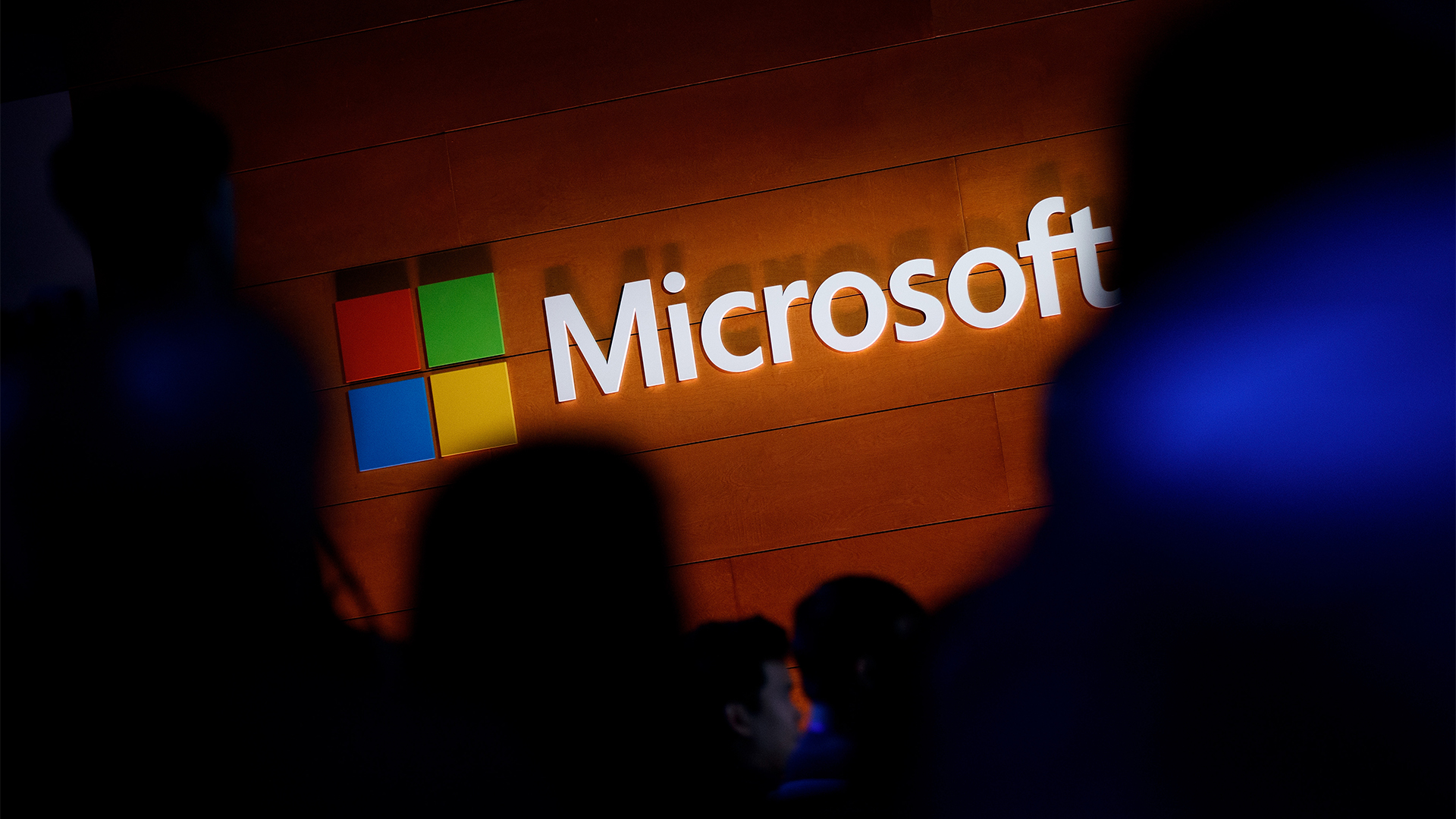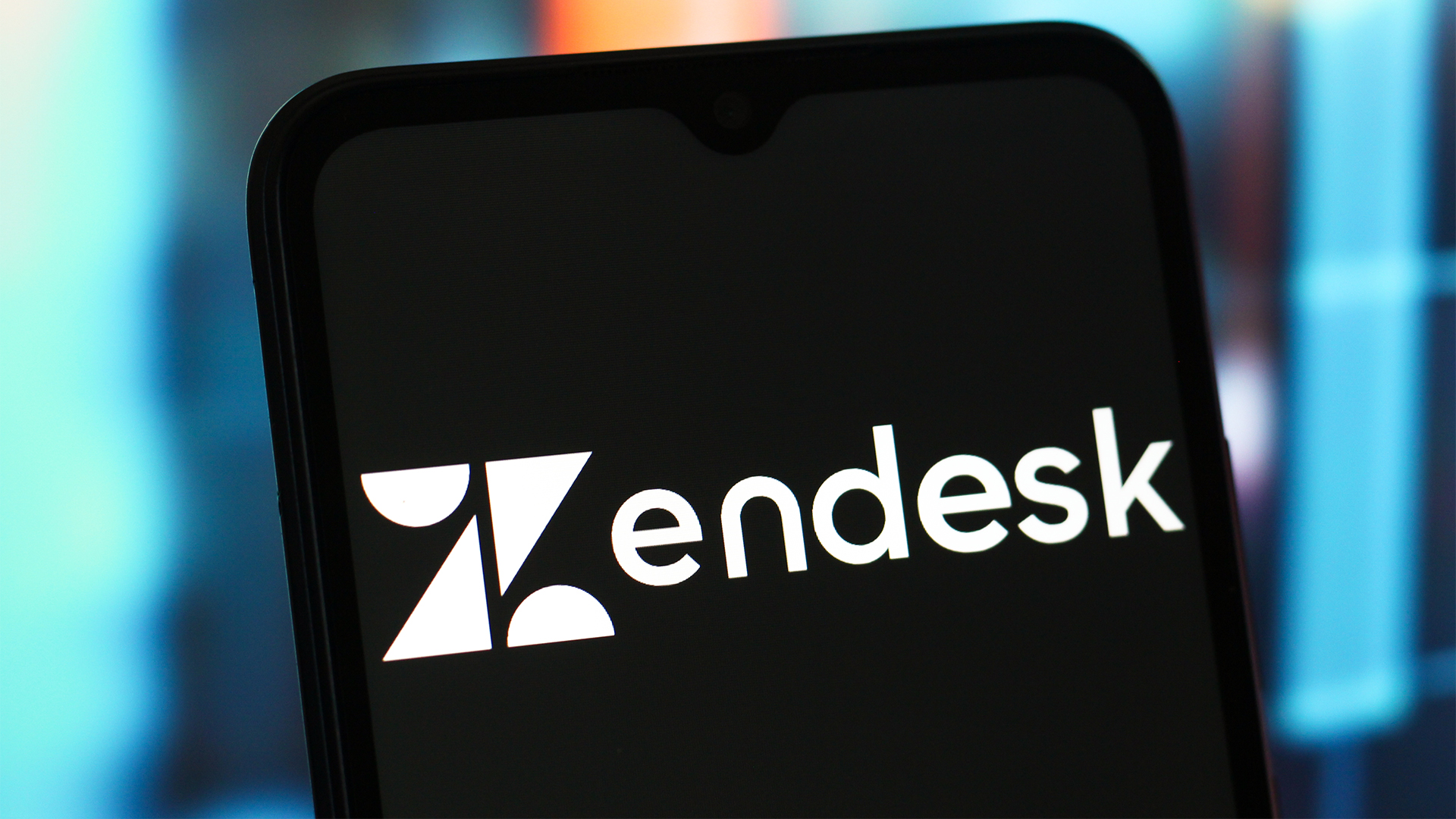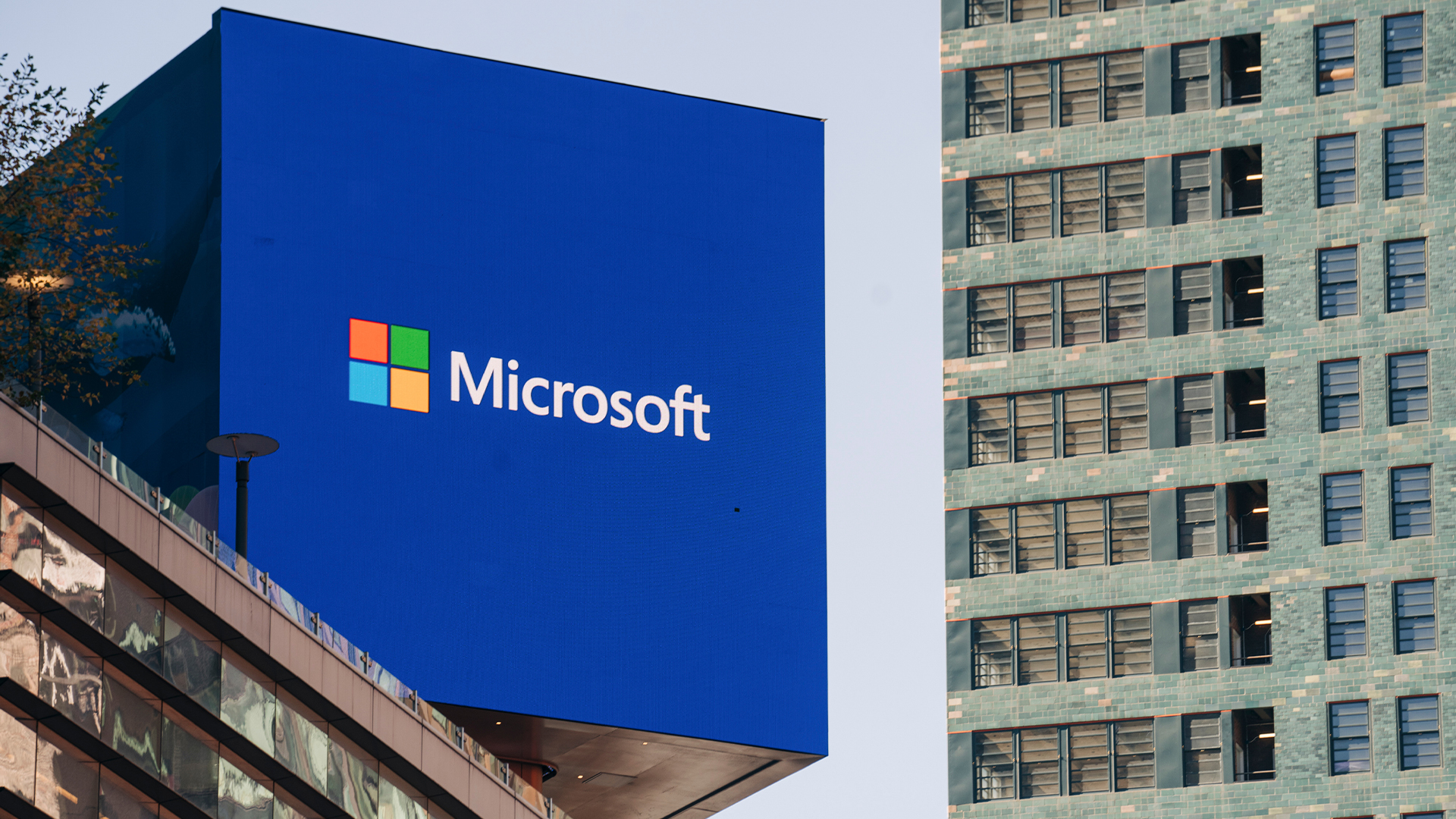This new Microsoft tool lets enterprises track internal AI adoption rates – and even how rival companies are using the technology
The new Benchmarks tool from Microsoft lets managers snoop on staff Copilot adoption rates


Want to know if your staff are actually using that expensive AI bot you've splashed out on? Microsoft has your back with a feature that tracks adoption and usage of its Copilot AI suite.
The tool, called Benchmarks, will be rolled out to Microsoft Copilot Dashboard in Viva Insights. Benchmarks will let companies compare teams inside their organization, and track adoption across different groups, such as manager types, regions, and job functions.
According to Microsoft, Benchmarks will also show the percentage of active Copilot users and returning user percentages.
"These insights help identify adoption trends and provide broader context and new opportunities to improve Copilot engagement," Microsoft said in a blog post.
That will allow companies to see whether an employee is using AI as much as their coworkers in similar roles.
"The cohort benchmark is based on a comparison cohort of employees within your company who share similar job functions, regions, or manager roles," the company noted.
"The calculation uses Job function, Region, and Manager attributes to determine expected values by role. The cohort result looks at the role composition of the selected group, and constructs a weighted average expected result based on matching roles across the tenant."
Sign up today and you will receive a free copy of our Future Focus 2025 report - the leading guidance on AI, cybersecurity and other IT challenges as per 700+ senior executives
The analytics tool comes as research suggests AI may not be as useful as hoped for all tasks, with MIT reporting 95% of AI pilots fail and a census survey suggesting AI use has dipped at large companies.
However, enterprises remain keen to get staff on board, with some taking drastic action. As ITPro reported in September 2025, CEOs at IgniteTech and Coinbase both admitted to firing staff who refused to use AI tools in their work.
The Microsoft Benchmarks tool suggests managers are looking for ways to quantify adoption, which could help when it comes to reporting return on investment (ROI) to the C-suite.
Similarly, this could help reduce license costs by removing Copilot for teams that don’t really use it – but such metrics could also be used to pit employees against each other in how much AI they use.
Microsoft tool offers external comparisons
Microsoft isn't just letting companies pit teams against each other in the race to drive AI adoption, but also offering up data from rival organizations so AI users can see how they compare to other businesses.
Benchmarks includes external data to compare internal stats with other companies, such as the top companies in a similar sector, of a similar size, or in the same region, or against all other companies.
"This new feature lets organizations compare Copilot usage internally across different company groups, as well as externally against similar companies," Microsoft added in a blog post.
Microsoft stressed that external data has all been anonymized – something it doesn't promise for individual users inside a company – with each cohort requiring at least 20 companies to be used as a benchmark.
"External benchmarks are calculated using randomized mathematical models to ensure privacy," Microsoft added. "Each benchmark group includes at least 20 companies and is derived from approximations to prevent the use of any single company’s actual data."
Benchmarks will already be available to private preview customers in Copilot Dashboard, and will roll out to all customers later this month, Microsoft said, adding it will consider adding additional benchmarks based on customer feedback.
Make sure to follow ITPro on Google News to keep tabs on all our latest news, analysis, and reviews.
MORE FROM ITPRO
Freelance journalist Nicole Kobie first started writing for ITPro in 2007, with bylines in New Scientist, Wired, PC Pro and many more.
Nicole the author of a book about the history of technology, The Long History of the Future.
-
 Microsoft launches Fara-7B, a new 'agentic' small language model that lives on your PC
Microsoft launches Fara-7B, a new 'agentic' small language model that lives on your PCNews The new Fara-7B model is designed to takeover your mouse and keyboard
-
 The Scattered Lapsus$ Hunters group is targeting Zendesk customers
The Scattered Lapsus$ Hunters group is targeting Zendesk customersNews The group appears to be infecting support and help-desk personnel with remote access trojans and other forms of malware
-
 Microsoft quietly launches Fara-7B, a new 'agentic' small language model that lives on your PC — and it’s more powerful than GPT-4o
Microsoft quietly launches Fara-7B, a new 'agentic' small language model that lives on your PC — and it’s more powerful than GPT-4oNews The new Fara-7B model is designed to takeover your mouse and keyboard
-
 Anthropic announces Claude Opus 4.5, the new AI coding frontrunner
Anthropic announces Claude Opus 4.5, the new AI coding frontrunnerNews The new frontier model is a leap forward for the firm across agentic tool use and resilience against attacks
-
 Gartner says 40% of enterprises will experience ‘shadow AI’ breaches by 2030 — educating staff is the key to avoiding disaster
Gartner says 40% of enterprises will experience ‘shadow AI’ breaches by 2030 — educating staff is the key to avoiding disasterNews Staff need to be educated on the risks of shadow AI to prevent costly breaches
-
 Microsoft is hell-bent on making Windows an ‘agentic OS’ – forgive me if I don’t want inescapable AI features shoehorned into every part of the operating system
Microsoft is hell-bent on making Windows an ‘agentic OS’ – forgive me if I don’t want inescapable AI features shoehorned into every part of the operating systemOpinion We don’t need an ‘agentic OS’ filled with pointless features, we need an operating system that works
-
 Google blows away competition with powerful new Gemini 3 model
Google blows away competition with powerful new Gemini 3 modelNews Gemini 3 is the hyperscaler’s most powerful model yet and state of the art on almost every AI benchmark going
-
 Microsoft's new Agent 365 platform is a one-stop shop for deploying, securing, and keeping tabs on AI agents
Microsoft's new Agent 365 platform is a one-stop shop for deploying, securing, and keeping tabs on AI agentsNews The new platform looks to shore up visibility and security for enterprises using AI agents
-
 Some of the most popular open weight AI models show ‘profound susceptibility’ to jailbreak techniques
Some of the most popular open weight AI models show ‘profound susceptibility’ to jailbreak techniquesNews Open weight AI models from Meta, OpenAI, Google, and Mistral all showed serious flaws
-
 'It's slop': OpenAI co-founder Andrej Karpathy pours cold water on agentic AI hype – so your jobs are safe, at least for now
'It's slop': OpenAI co-founder Andrej Karpathy pours cold water on agentic AI hype – so your jobs are safe, at least for nowNews Despite the hype surrounding agentic AI, OpenAI co-founder Andrej Karpathy isn't convinced and says there's still a long way to go until the tech delivers real benefits.
